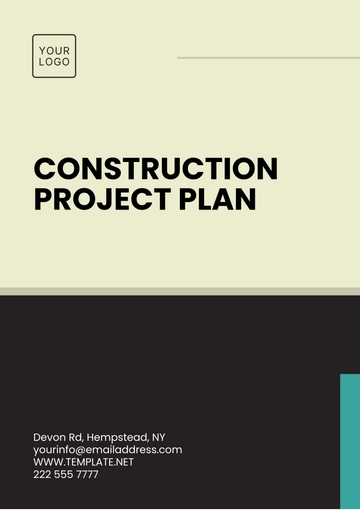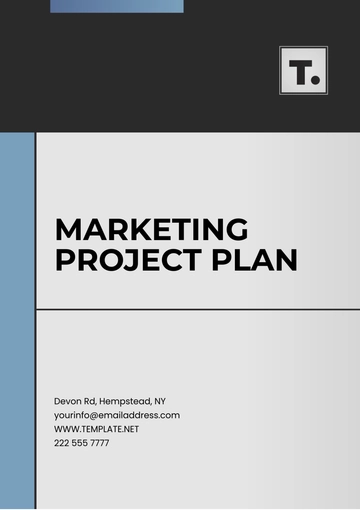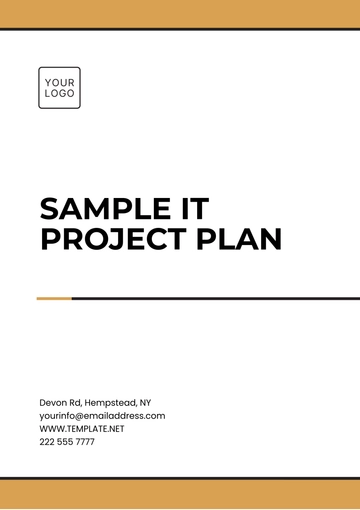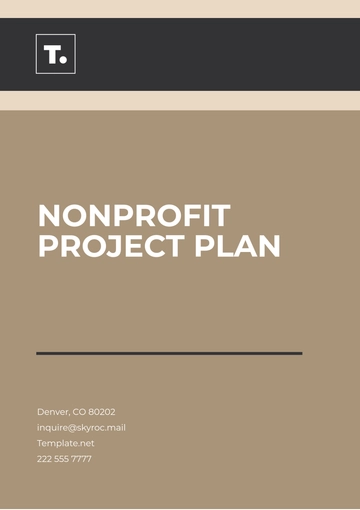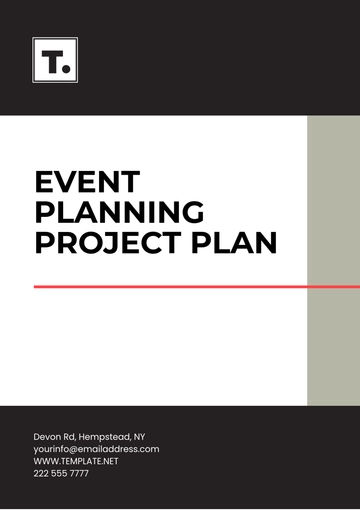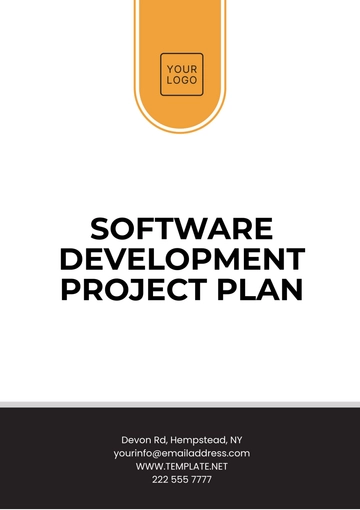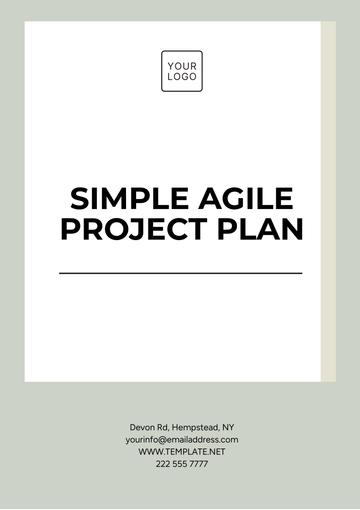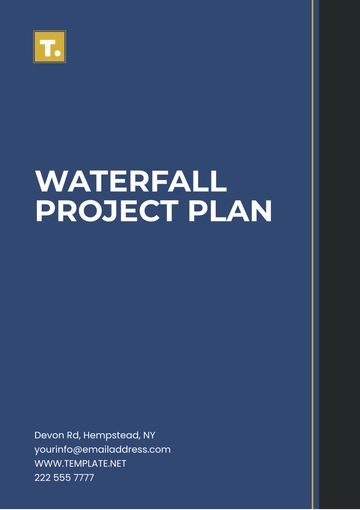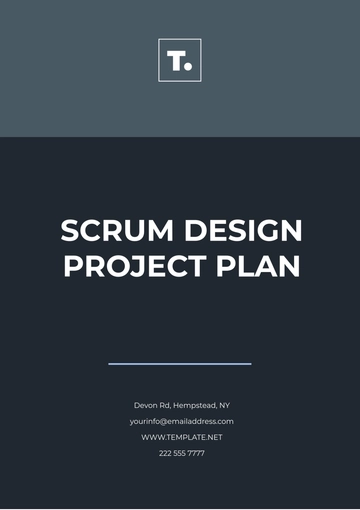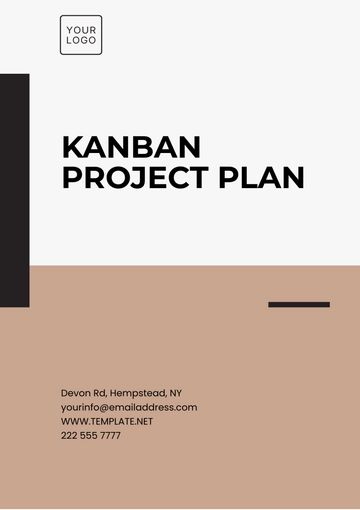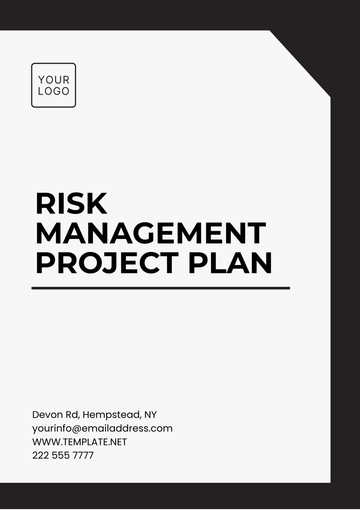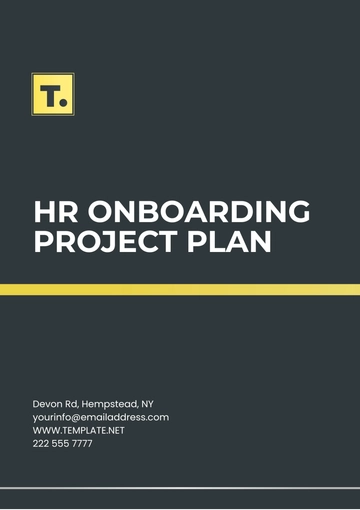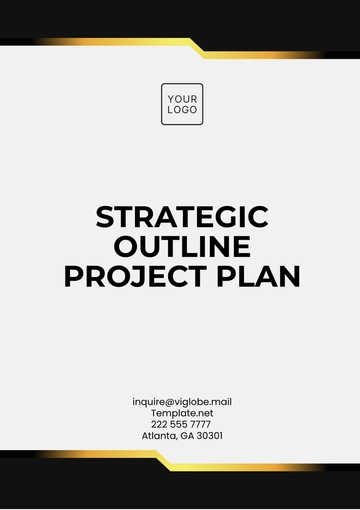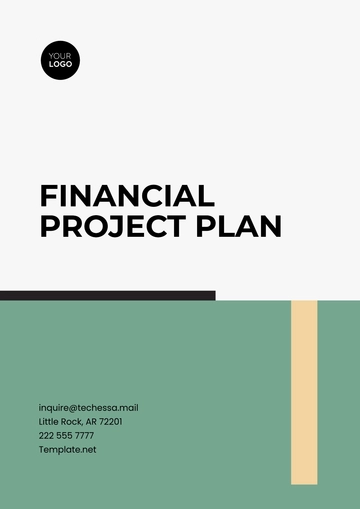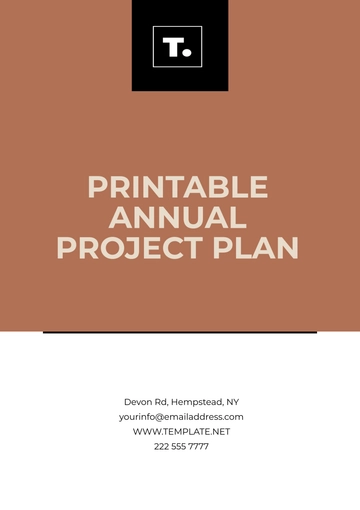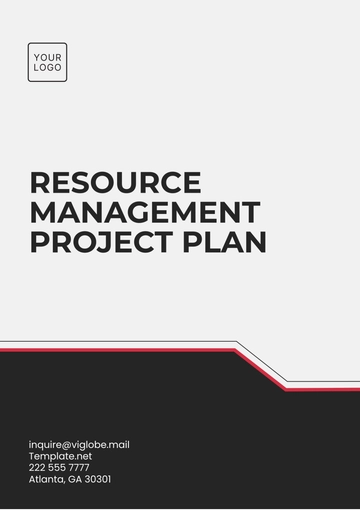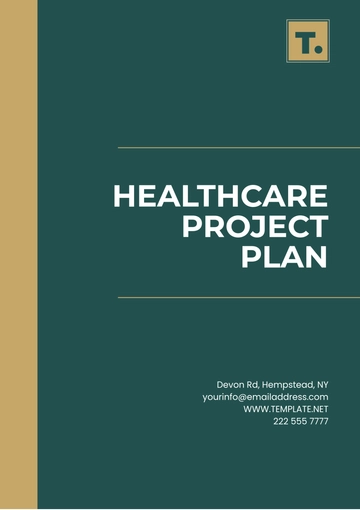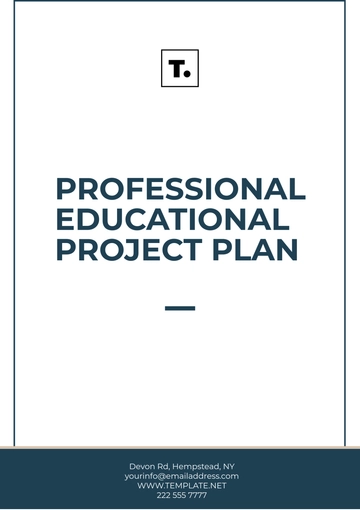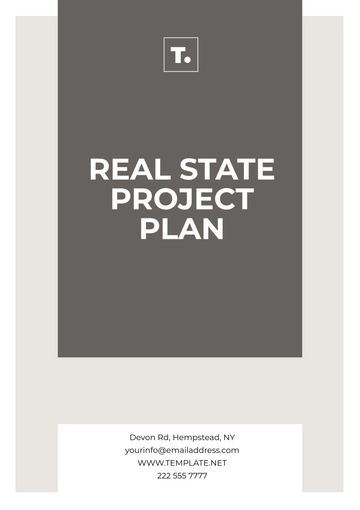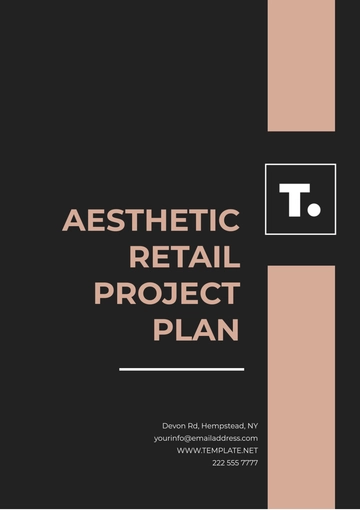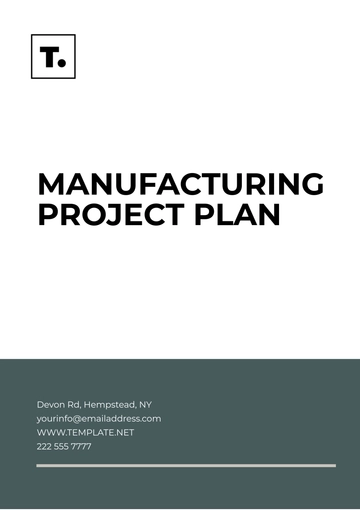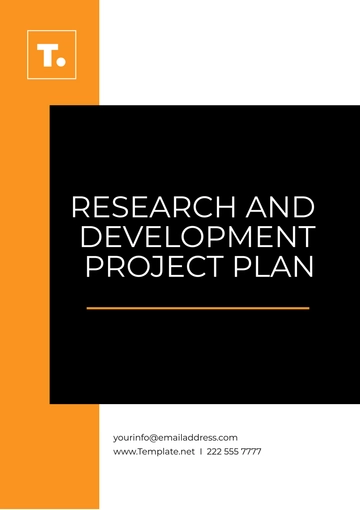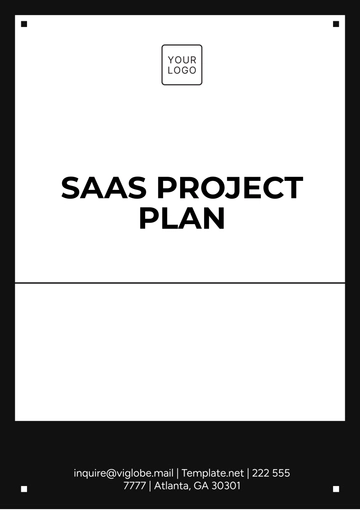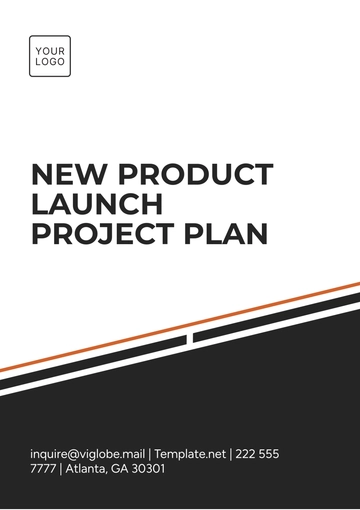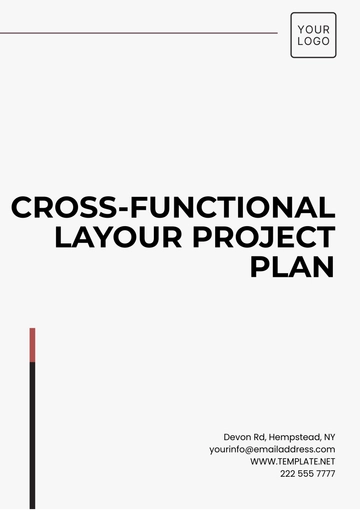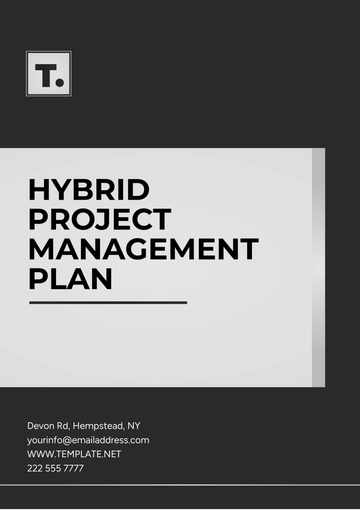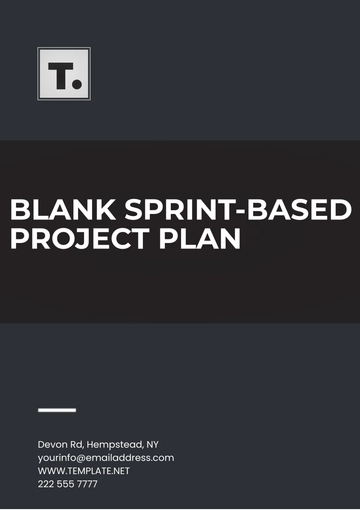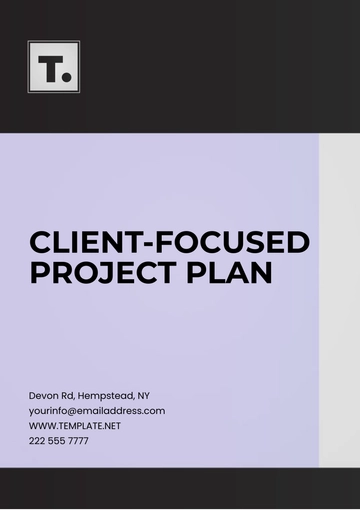Free Hotel Project Plan
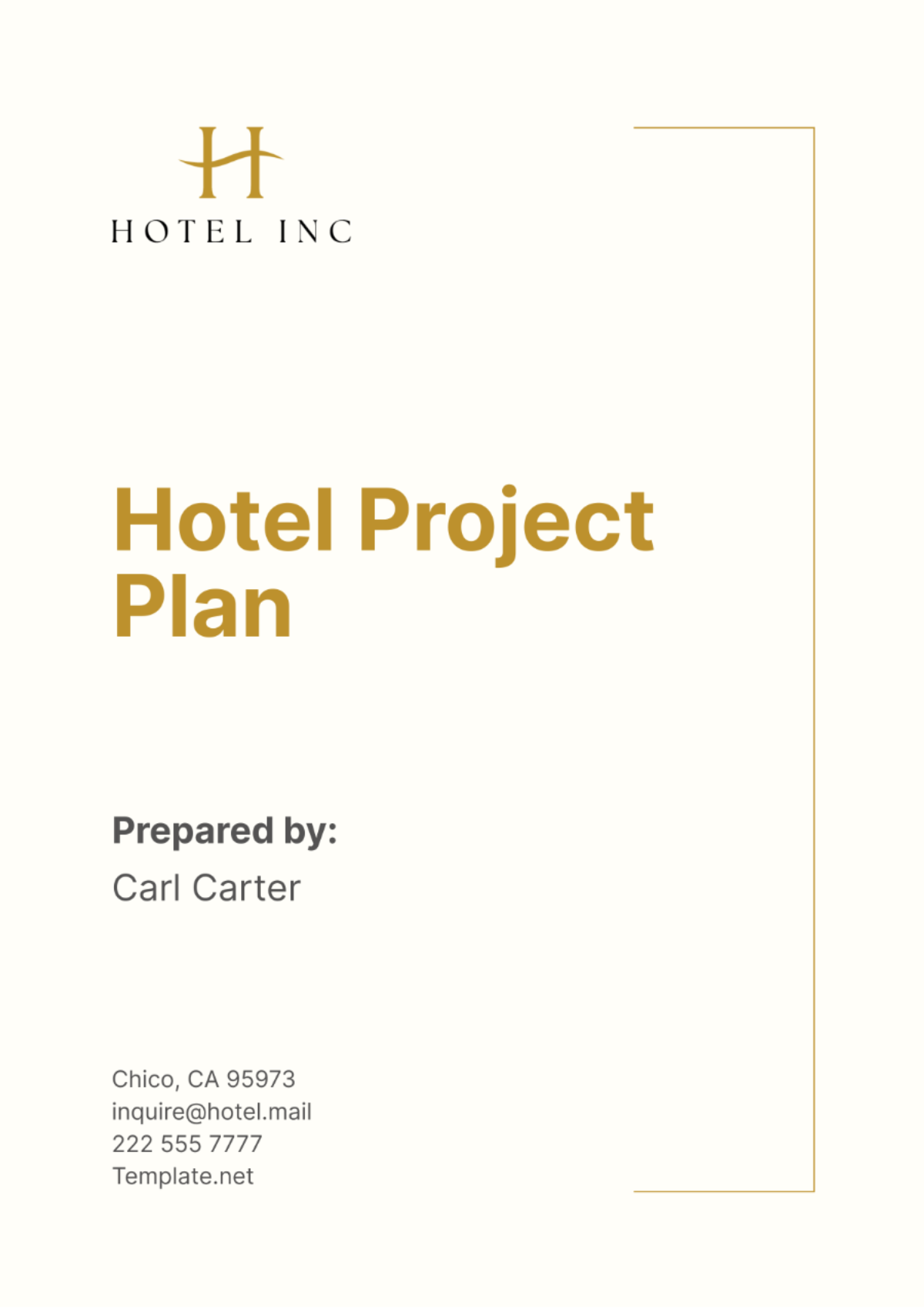
A. Project Overview
The Hotel Project Plan by [Your Company Name] outlines the development and implementation of a new hotel establishment designed to cater to the growing tourism and business travel market. The purpose of this project is to create a state-of-the-art facility that offers exceptional hospitality services, modern amenities, and a memorable guest experience. The hotel aims to become a premier destination in its locale, providing both leisure and business travelers with a comfortable and luxurious stay.
The primary objectives of this project are to construct a hotel that meets high standards of quality and safety, to deliver superior customer service, and to ensure profitability and sustainability. The project will involve the design, construction, and furnishing of the hotel, as well as the hiring and training of staff, the establishment of operational procedures, and the implementation of marketing strategies. Key performance indicators will include occupancy rates, guest satisfaction scores, and financial performance metrics.
The scope of the project encompasses all phases from initial planning and site selection to grand opening and ongoing operations. This includes obtaining necessary permits and licenses, adhering to local building codes and regulations, and ensuring compliance with health and safety standards. The project will also address sustainability practices, such as energy efficiency and waste management, to align with environmental regulations and corporate social responsibility goals.
B. Project Schedule
Outlined below is the timeline for the hotel project by [Your Company Name], detailing key milestones and deadlines for each phase. This schedule is crucial for ensuring timely completion of tasks, from initial planning to the grand opening. It serves as a roadmap, guiding the project team to meet quality and regulatory standards while maintaining efficiency.
Phase | Key Milestones and Deadlines | Start Date | End Date |
|---|---|---|---|
Planning and Design | Project initiation, site selection, obtaining permits, architectural design | ||
Construction | Groundbreaking, structural work, interior and exterior completion | ||
Furnishing and Equipment | Procurement, installation of furniture and equipment | ||
Staff Hiring and Training | Recruitment, training programs, final staffing | ||
Marketing and Promotion | Marketing campaign launch, promotional activities, partnerships | ||
Final Inspection and Approval | Safety inspections, final regulatory approvals | ||
Grand Opening | Inauguration event, welcoming first guests |
C. Budget and Cost Management
Effective budget and cost management is critical for the successful completion of the hotel project by [Your Company Name]. The table below outlines the projected budget, covering materials, labor, equipment, and other expenses. This comprehensive budget plan ensures that all financial aspects of the project are accounted for, allowing for efficient allocation of resources. Additionally, a cost management strategy will be implemented to monitor and control expenses throughout the project's duration, ensuring adherence to the budget and preventing cost overruns.
Expense Category | Description | Estimated Cost (USD) | Notes |
|---|---|---|---|
Materials | Construction materials, furnishings | $[0] | Includes contingency |
Labor | Wages for construction and staff | $[0] | Includes benefits |
Equipment | Purchase/rental of equipment | $[0] | Includes maintenance |
Permits and Licenses | Regulatory fees | $[0] | Local and state permits |
Marketing and Promotion | Advertising, promotional materials | $[0] | Pre-opening campaigns |
Utilities | Water, electricity, internet | $[0] | Installation and setup |
Total | $[0] |
Cost management will involve regular budget reviews, tracking actual expenditures against estimates, and implementing corrective actions as needed. This proactive approach ensures financial control and project success.
D. Resource Management
Effective resource management is vital for the successful completion of the hotel project by [Your Company Name]. This section identifies the necessary resources, including personnel, equipment, and materials, and outlines a plan for their allocation and management to ensure project efficiency and success.
Personnel
The project will require a diverse team of professionals, including architects, engineers, construction workers, interior designers, and hotel staff. Key roles include:
Role | Responsibilities | Number of Personnel | Notes |
|---|---|---|---|
Project Manager | Oversees the entire project, ensuring milestones and deadlines are met | [0] | Full-time |
Architect and Design Team | Responsible for the architectural design and interior layout of the hotel | [0] | Includes lead architect and designers |
Construction Team | Executes the building plan, including contractors, electricians, plumbers, and other skilled labor | [0] | Various trade |
Human Resources | Manages recruitment, hiring, and training of hotel staff | [0] | Full-time |
Marketing Team | Develops and implements marketing strategies to promote the hotel pre- and post-opening | [0] | Part-time |
Hotel Operations Staff | Manages daily operations post-opening, including front desk, housekeeping, and maintenance | [0] | Full-time post-opening |
Equipment
The project will require various equipment types, including construction machinery, tools, and IT infrastructure for hotel operations. Key equipment includes:
Construction Equipment: Excavators, cranes, concrete mixers, and other heavy machinery needed for construction.
Interior and Operational Equipment: Furniture, fixtures, IT systems, and appliances for guest rooms, common areas, and back-office operations.
Equipment management will involve detailed inventory tracking, timely procurement, and regular maintenance to avoid any delays or disruptions. A dedicated equipment manager will oversee this aspect to ensure all necessary tools and machinery are available and functional when needed.
Materials
The construction and furnishing of the hotel will require a wide range of materials, including concrete, steel, wood, and interior decor items. Key materials include:
Construction Materials: Concrete, steel, wood, glass, and other structural components.
Furnishing Materials: Furniture, fixtures, linens, and decor items for guest rooms and common areas.
Materials will be sourced from reliable suppliers to ensure quality and timely delivery. A procurement plan will be developed to manage orders and deliveries, ensuring that materials are available as needed to keep the project on schedule.
Resource Allocation and Management Plan
To manage resources effectively, a comprehensive resource allocation plan will be developed, outlining the timeline for deploying personnel, equipment, and materials. This plan will be integrated with the project schedule to ensure synchronicity and efficiency. Regular audits and progress reports will help track resource usage and address any discrepancies or issues promptly. By maintaining clear communication channels and utilizing project management software, [Your Company Name] will ensure that all resources are managed effectively, contributing to the overall success of the hotel project.
E. Risk Management
Anticipating and managing potential risks is crucial for the successful execution of the hotel project by [Your Company Name]. The table below identifies possible risks and challenges that could impact the project's timeline, budget, and overall success. Each risk is accompanied by a mitigation strategy to minimize its impact. By proactively addressing these risks, [Your Company Name] aims to ensure a smooth and efficient project progression, maintaining high standards of quality and compliance with all relevant regulations.
Potential Risk | Impact Level & Mitigation Strategy | Responsible Party |
|---|---|---|
Delays in obtaining permits | Impact Level: High Mitigation Strategy: Early application and regular follow-ups | Project Manager |
Budget overruns | Impact Level: High Mitigation Strategy: Contingency funds and regular budget reviews | Finance Manager |
Delays in material delivery | Impact Level: Medium Mitigation Strategy: Establishing reliable suppliers and backup options | Procurement Manager |
Shortage of skilled labor | Impact Level: Medium Mitigation Strategy: Competitive wages and proactive recruitment | HR Manager |
On-site accidents | Impact Level: High Mitigation Strategy: Strict safety protocols and training | Safety Officer |
Unfavorable weather conditions | Impact Level: Medium Mitigation Strategy: Flexible scheduling and weather monitoring | Project Manager |
F. Quality Management
Maintaining high quality standards is essential for the success of the hotel project by [Your Company Name]. This section outlines the quality standards and expectations, as well as a comprehensive plan for ensuring these standards are met throughout the project lifecycle.
1. Quality Standards
This section outlines the expected quality levels, including the use of high-grade materials and strict adherence to architectural plans.
a. Construction Quality
Use of high-grade materials
Adherence to architectural plans and specifications
Compliance with local building codes and regulations
b. Service Quality
Exceptional customer service standards
Comprehensive staff training programs
Regular performance evaluations and feedback
c. Operational Quality
Efficient and reliable IT infrastructure
High standards of cleanliness and maintenance
Continuous improvement practices
2. Quality Assurance Plan
The plan details procedures and strategies to ensure that these standards are met and maintained throughout the project.
a. Planning Phase
Define Quality Objectives
Establish clear quality goals for construction, service, and operations.
Align objectives with industry best practices and regulatory requirements.
Develop Quality Criteria
Outline specific criteria for materials, workmanship, and service delivery.
Incorporate feedback from stakeholders and experts.
b. Implementation Phase
Conduct regular inspections and audits.
Implement a system for tracking and addressing defects or deviations.
Ensure adherence to safety protocols.
Select reputable suppliers and contractors with proven quality records.
Develop detailed contracts with quality expectations and penalties for non-compliance.
Monitor supplier and contractor performance through regular reviews.
c. Operational Phase
Provide comprehensive training programs covering customer service, safety, and operational procedures.
Conduct regular refresher courses and skill development workshops.
d. Performance Monitoring and Evaluation
Implement key performance indicators (KPIs) to measure service quality and operational efficiency.
Conduct regular performance reviews and feedback sessions.
3. Quality Improvement Plan
This plan focuses on continuous improvement through feedback mechanisms and regular quality reviews.
a. Feedback Mechanisms
Establish channels for collecting feedback from guests, staff, and stakeholders.
Utilize surveys, comment cards, and online reviews.
b. Continuous Improvement Processes
Implement a continuous improvement program to regularly assess and enhance quality standards.
Hold periodic quality review meetings to identify areas for improvement and develop action plans.
c. Corrective Actions
Develop a system for identifying and addressing quality issues promptly.
Document corrective actions taken and their outcomes to prevent recurrence.
G. Communication Plan
Effective communication is essential for the success of the hotel project by [Your Company Name]. This section outlines the communication strategy, including how information will be shared among team members, stakeholders, and other relevant parties throughout the project lifecycle.
1. Communication Objectives
This section focuses on aligning team members, stakeholders, and relevant parties with project goals and timelines.
Internal Communication: Ensure all team members are well-informed and aligned with project goals and timelines.
Stakeholder Communication: Keep stakeholders updated on project progress, changes, and key decisions.
External Communication: Maintain transparent and consistent communication with the public, media, and regulatory bodies.
2. Communication Channels
Explore various methods for effective information dissemination among team members and stakeholders.
Meetings: Regular team meetings to discuss progress, challenges, and action plans.
Email: Use of email for official communication, document sharing, and updates.
Project Management Software: Utilize software for real-time collaboration, task assignment, and progress tracking.
Phone and Video Calls: Conduct regular calls for quick updates and discussions.
Reports and Documentation: Provide detailed reports on project status, milestones achieved, and upcoming tasks.
3. Communication Plan Implementation
Learn how to establish clear communication protocols and feedback mechanisms.
Frequency: Establish a regular communication schedule for team meetings, stakeholder updates, and progress reports.
Content: Ensure that communication is clear, concise, and relevant to the recipient.
Feedback Mechanism: Create a system for receiving and addressing feedback from team members and stakeholders.
Escalation Procedure: Define a process for escalating issues and concerns to higher management for timely resolution.
Training: Provide training to team members on effective communication practices and the proper use of communication tools.
4. Communication Monitoring and Evaluation
Discover how to continuously assess and adjust communication strategies for optimal effectiveness.
Feedback Collection: Regularly collect feedback from team members, stakeholders, and other parties to assess communication effectiveness.
Performance Metrics: Use key performance indicators (KPIs) to measure the success of the communication plan.
Adjustment: Continuously review and adjust the communication plan based on feedback and performance metrics to improve effectiveness.
H. Project Closure
Effective project closure is crucial for ensuring that all aspects of the project are completed satisfactorily and that the client's expectations are met. This section outlines a structured procedure for closing out the hotel project by [Your Company Name], including handing over deliverables to the client, conducting a final evaluation, and documenting lessons learned for future projects. The following four-step procedure ensures a smooth and successful project closure process.

Handover Deliverables: Ensure all project deliverables are handed over to the client according to the agreed-upon terms and schedule.
Final Evaluation: Conduct a thorough evaluation of the project to assess its success, identify areas for improvement, and document lessons learned.
Client Acceptance: Obtain formal acceptance of the project deliverables from the client to confirm that the project objectives have been met.
Documentation: Prepare and organize all project documentation, including final reports, financial records, and any other relevant information, for future reference and audits.
- 100% Customizable, free editor
- Access 1 Million+ Templates, photo’s & graphics
- Download or share as a template
- Click and replace photos, graphics, text, backgrounds
- Resize, crop, AI write & more
- Access advanced editor
Organize your projects with the Hotel Project Plan Template from Template.net. This editable and customizable document simplifies creating comprehensive project plans for hotel management. Tailored for the industry, it ensures clarity and professionalism in outlining project goals, timelines, and tasks. Editable in our Ai Editor Tool for seamless customization to meet your specific project plan needs.

